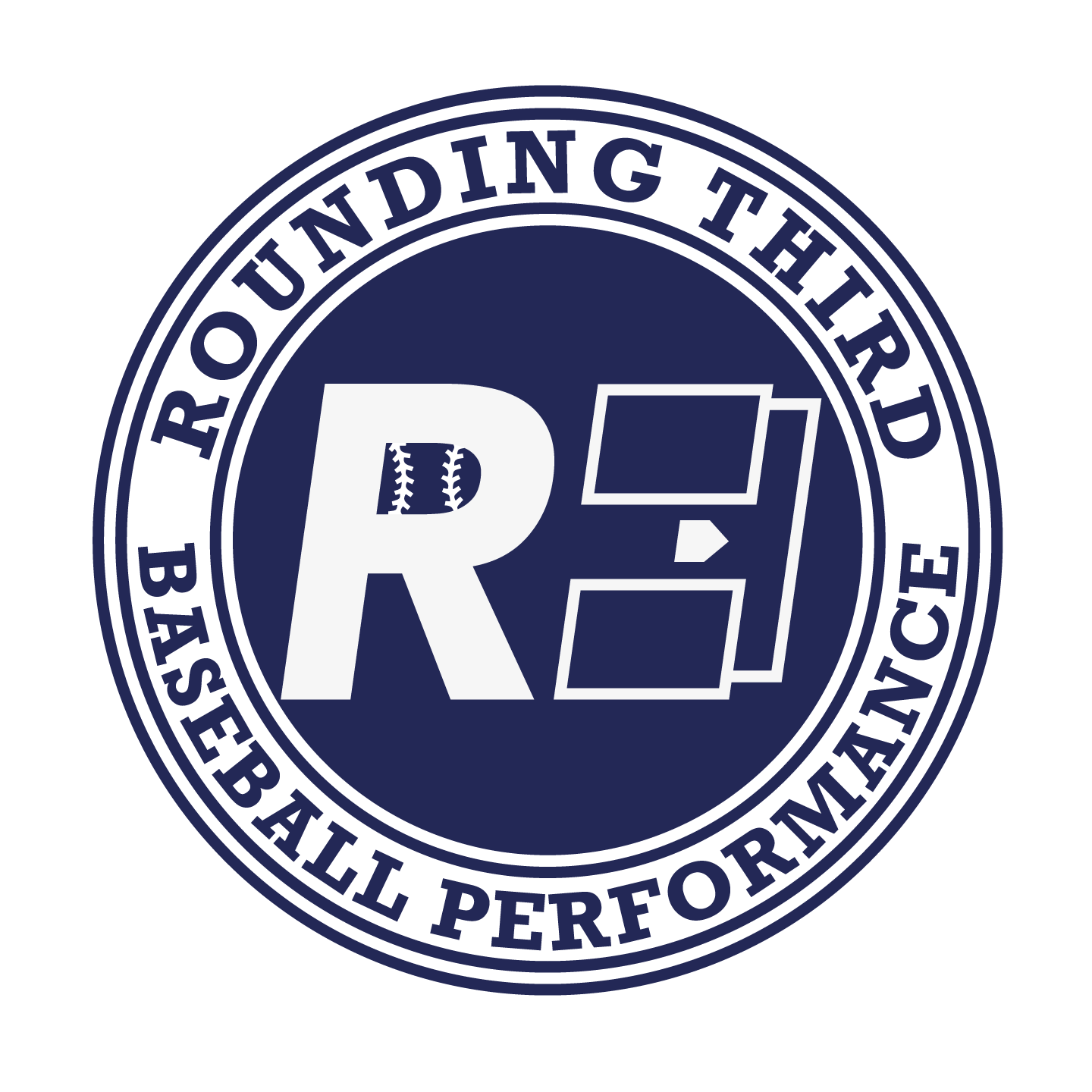6 keys to Pre-season and In-season Training for High School Baseball Players
It is that time of year again... young athletes are phasing back into team skill work at random times during the week and getting accustomed to the competition, soreness, time commitment, and extra preparation for tryouts.
In my opinion, the off-season is such an easy time to program the right things for the body. The training volume in the gym can really be ramped up and the skillwork is moderate. Adequate rest time is almost never an issue. As the season approaches and practice starts, often times the strength and conditioning element can be mismanaged or eliminated entirely due to a lack of understanding by the athlete or the coach.
I wanted to give some quick advice on how to manage oneself during this transition period to ensure increasing strength, a healthy arm and body, and the ability to compete well for tryouts.
- If you did not lift during the off-season, this may be a very tough time to start a program. If your practice load is only 2-3 days per week, you might have about 3-4 weeks where you can introduce your body to some moderate resistance training exercises 2-3 days per week. Ideally this should occur on the same day as your skill work, preferably immediately after. This will help to maximize rest for adaptation on the other days.
- If you were diligent about lifting during the off-season, the transition period should feel slightly less taxing on the body depending on your practice volume. Your lifting volume or total work should slightly decrease and the emphasis on strength and speed with smaller high-intent reps is key for your staple compound exercises (generally squat, deadlift, DB Row, Sled Push to give a few examples).
- Your main goal is to practice and play with your best speed and athleticism. Your workouts should represent that goal. Gauging your body's level of fatigue is very important. A number of factors are involved in fatigue including nutrition, rest, workload, sleep, hydration, and schoolwork load. Creating balance is top priority.
- Figure out if 2 or 3 sessions per week is the right fit for the next four to six weeks before more competitive play starts. Generally 2 sessions is realistic, but with a higher training age (college and pro level) 3 sessions per week may be necessary.
- We want to address all phases of health in terms of conditioning including: mobility, stability, strength, speed, flexibility, coordination and overall neuromuscular reactivity.
- Try to avoid excess volume on training elements you probably are getting at practice (lateral plyos, overhead throws, etc.) and spend the time in the weight room on things you definitely don't want to lose strength on and elements that your body is most likely lacking from practice. (Example: back squat, anterior core movements, rotator cuff stability, rotation for the opposing side are not being trained at practice)
At Rounding Third BP, we program these elements for students throughout the competitive season as well as the off-season. Keeping the body healthy and strong through the season is how we can express all the positive changes that have been made over the off-season and also allows the athlete to keep improving. Comprehensive training is the true key to getting results that not only reveal better metrics, but also translate to the field.
Jordan Stouffer, CSCS
